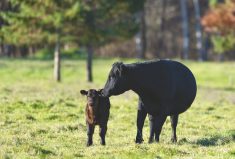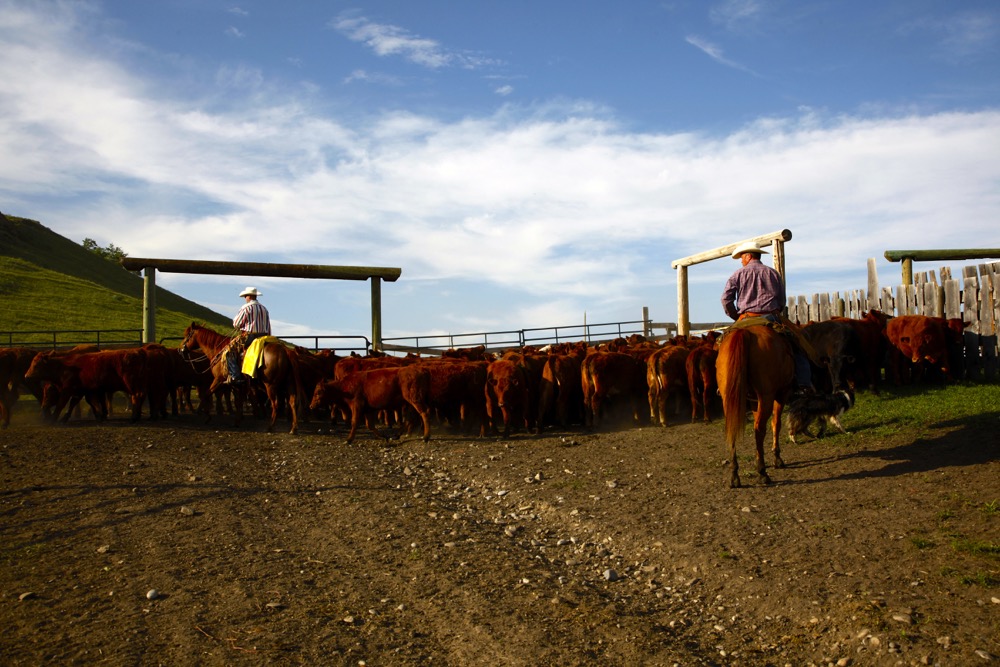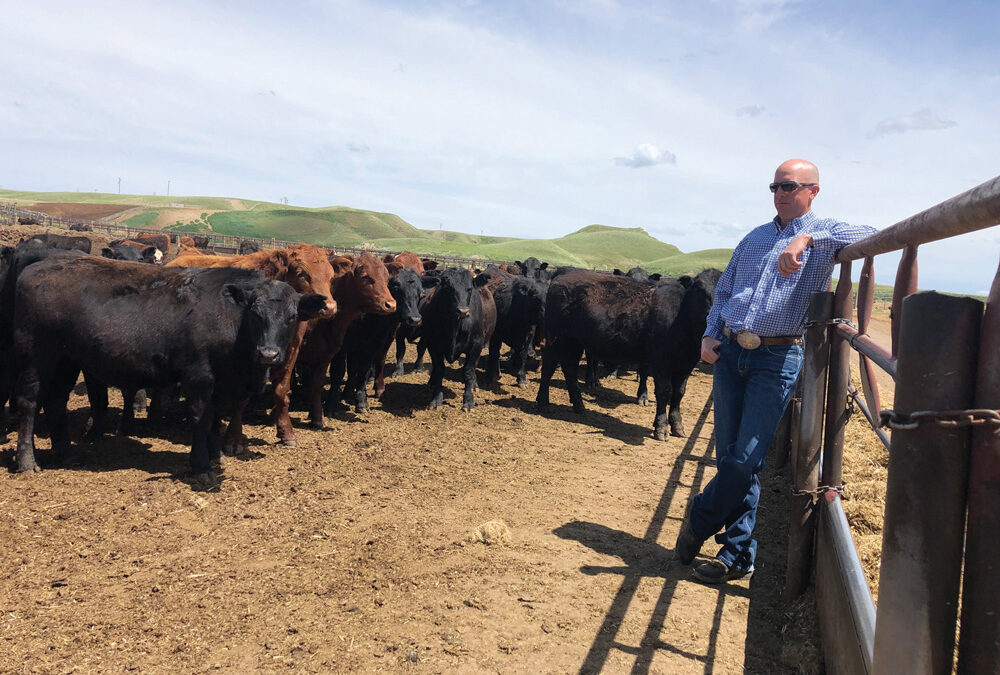We often think how we can work our cows to avoid stress and injury to them.
But spare a thought for the handlers — whether yourself, employees or your vet.
“Some people will definitely put you in harm’s way, and not even know it,” said Dr. Roy Lewis, who was a large-animal vet for more than three decades.
“You have to know what is safe and what isn’t when working cattle.”
Topping his safety to-do list is regular maintenance of the handling system.
Read Also

Keep your farm safe from fires as temperatures rise this spring
With a dry spring in Alberta, fires on the farm get can out of control quickly. Keep in mind these tips to help prevent fires from starting on your operation.
“If something breaks, get it fixed.”
Familiarize yourself with the system — especially if it’s new. Lewis sees this problem frequently when it comes to adjusting certain parts such as the neck opening.
“The manufacturers of the commercial systems have listened to the producer over the years and made changes that I think have all been positive,” he said.
However, most systems don’t come with a user manual. But the company rep or a veterinarian is usually more than happy to help producers learn how to use the features of a system.
Next, use the handling system to your advantage. If there’s access doors, use them.
“Don’t go sticking your hand between the bars,” Lewis added.
This also goes for locks on access doors. Some chutes have latches that lock the access door in place, so it can’t accidentally get bumped, fall down, and hit someone on the head.
“A lot of the safety mechanisms are there on the chutes, some folks just don’t use them.”
And communicate while putting cattle through the system — it can be a lifesaver.
“Whatever we’re doing, we have to trust the person running the chute, that he’s not going to let the animal out prematurely, or the person operating a sliding gate prematurely,” Lewis said.
That starts with training new people on how to use the system.
“Take five minutes to train somebody new. Not only on what you want done, but how that system works.”
That includes pointing out danger points or places to avoid.
And if injuries are happening, the system may not be set up right or something is amiss.
“Usually you know if you’re in a bad situation,” said Lewis. “Whether you’re the handler, the owner or the veterinarian, you know you’re putting yourself in harm’s way and you shouldn’t have to.”
















